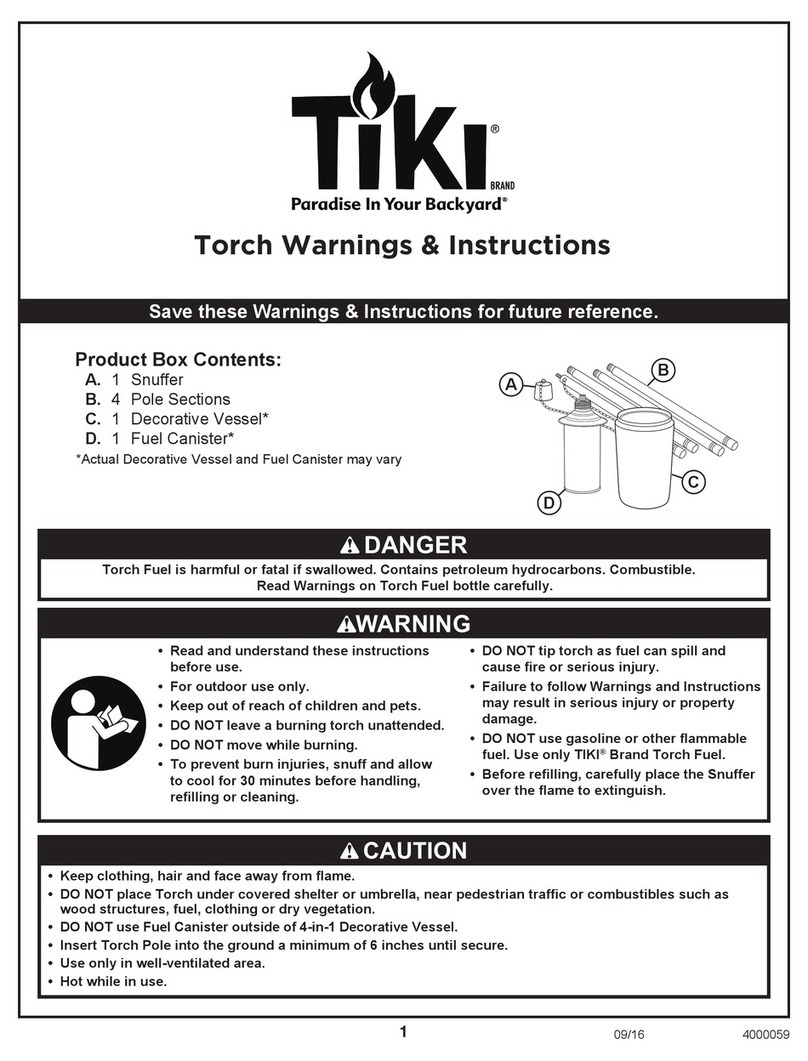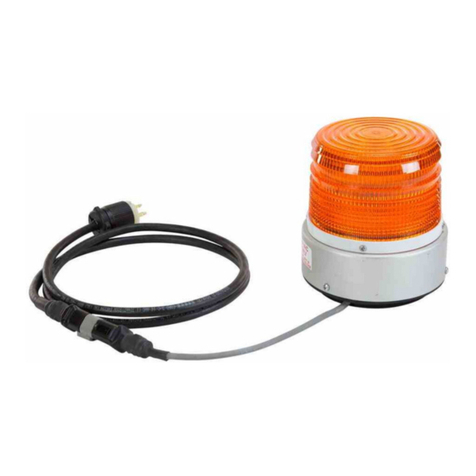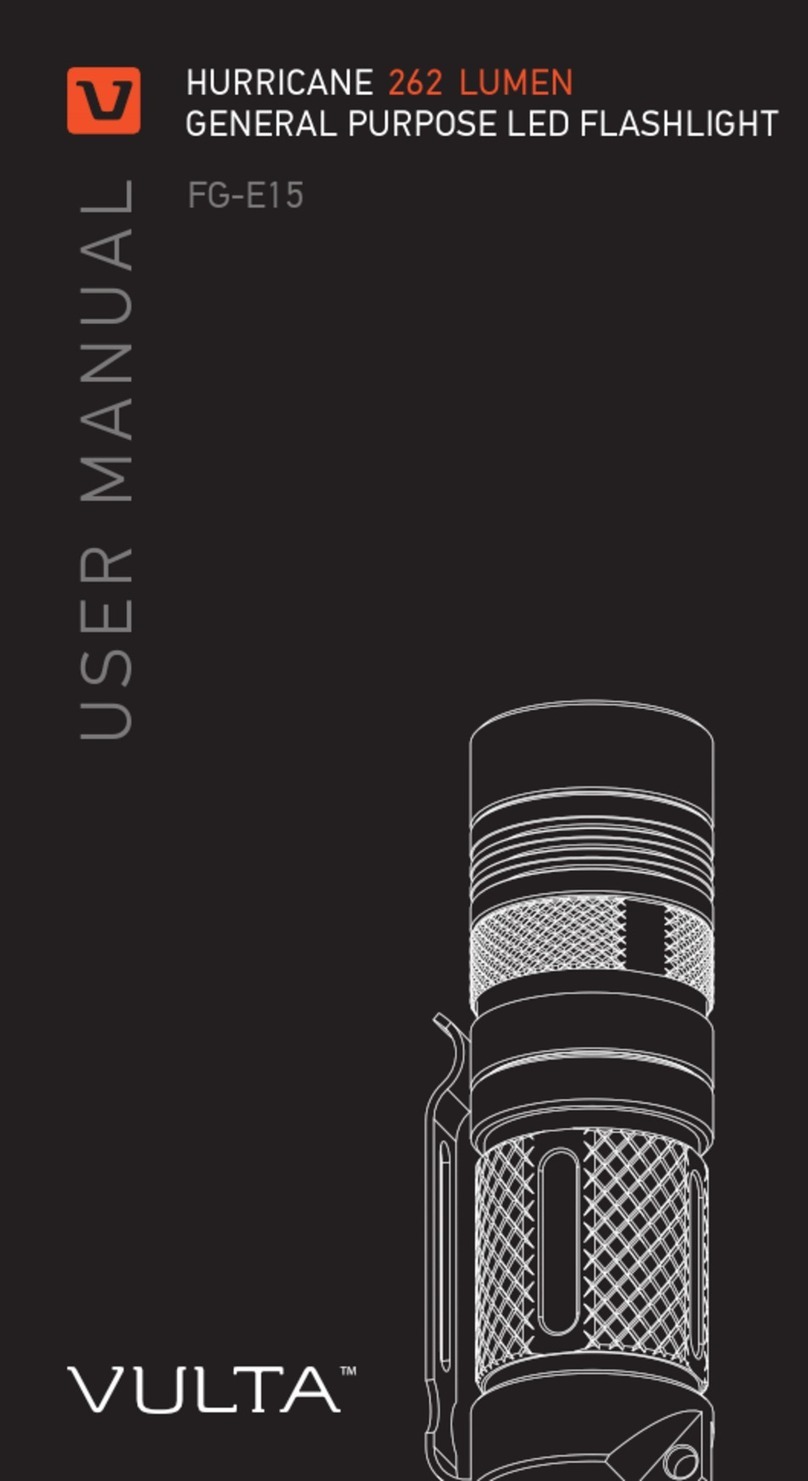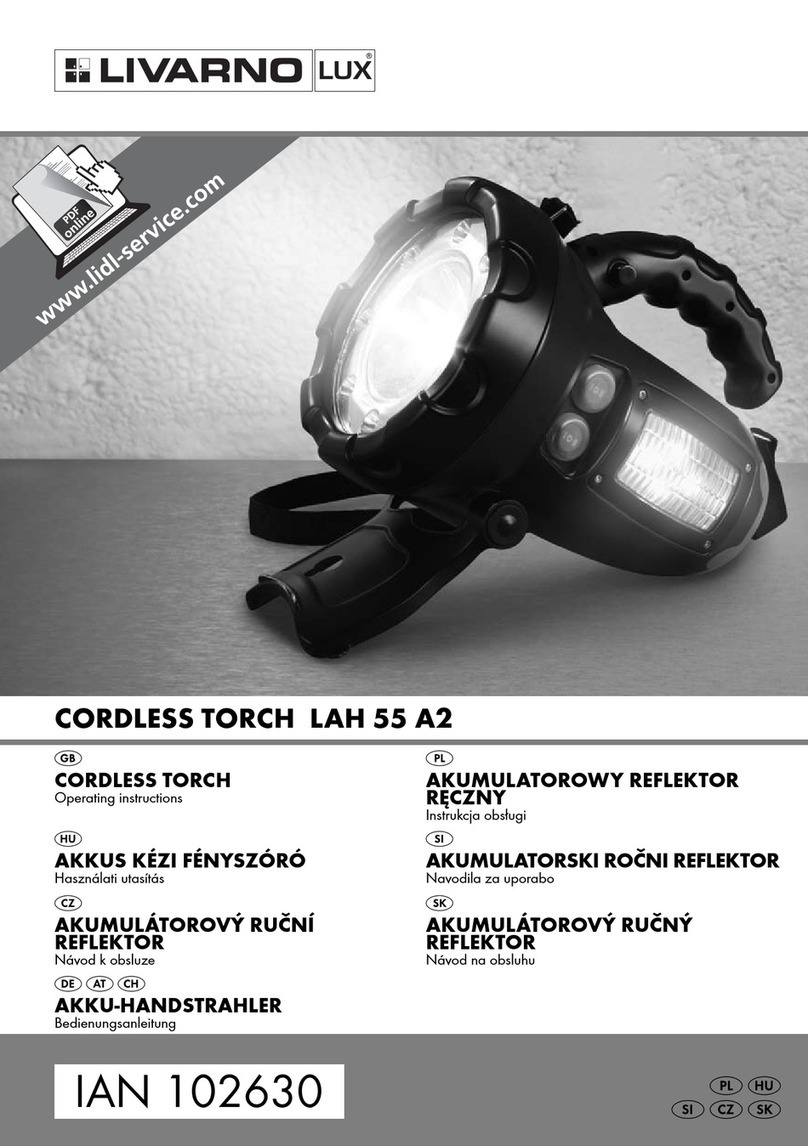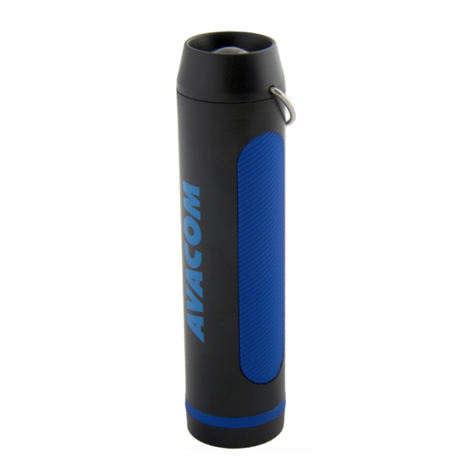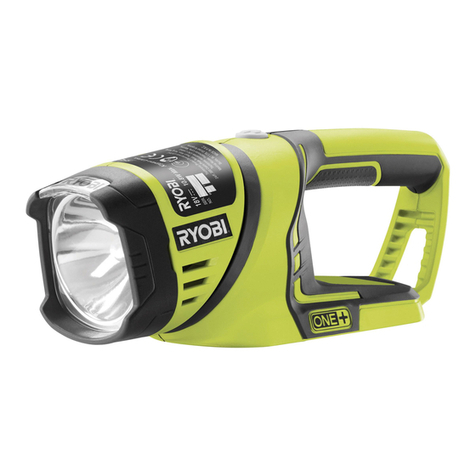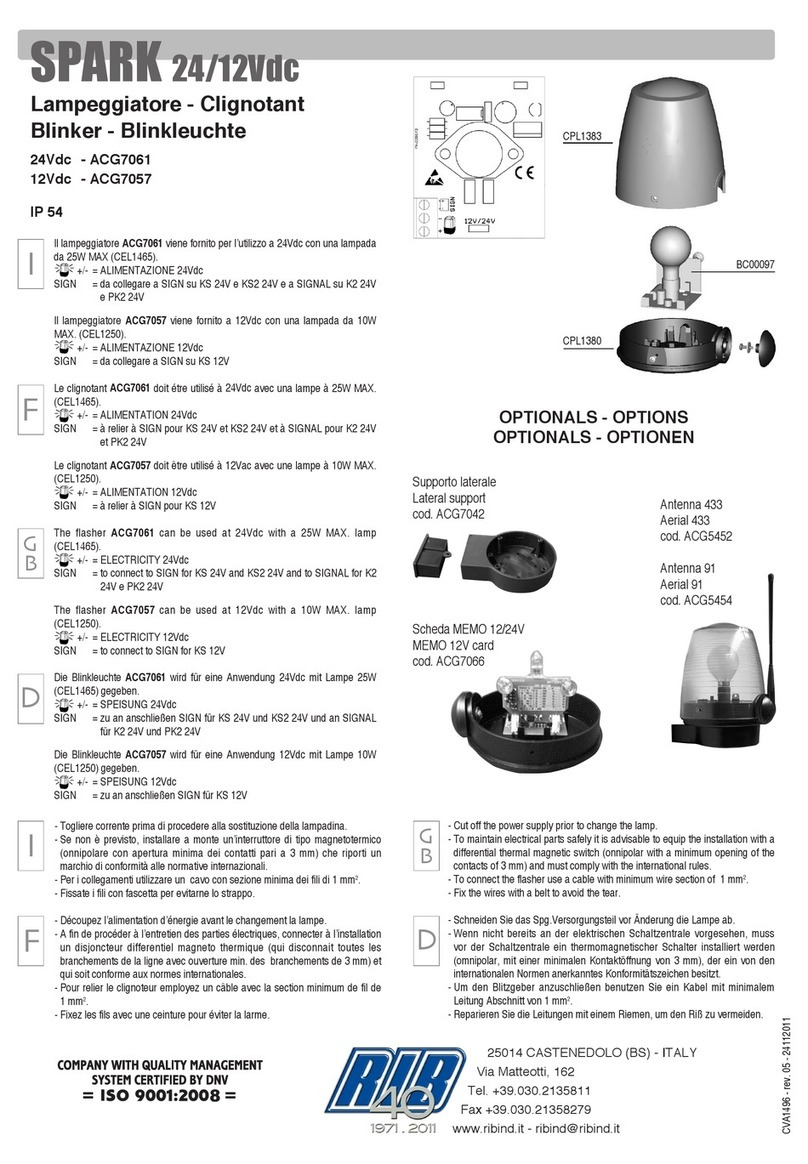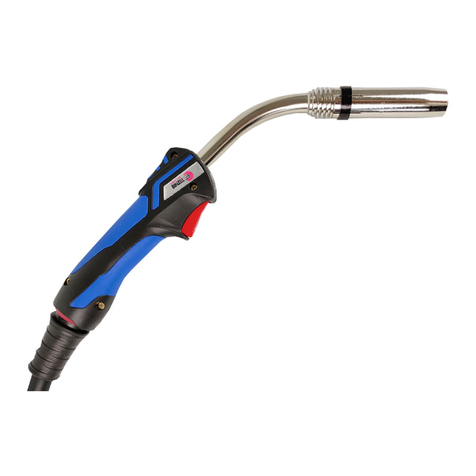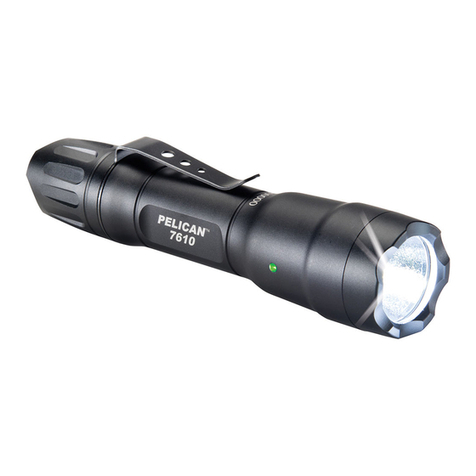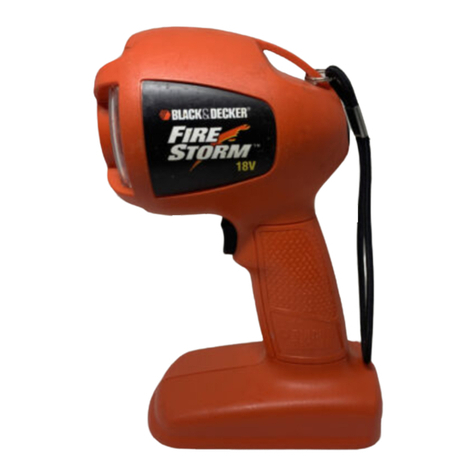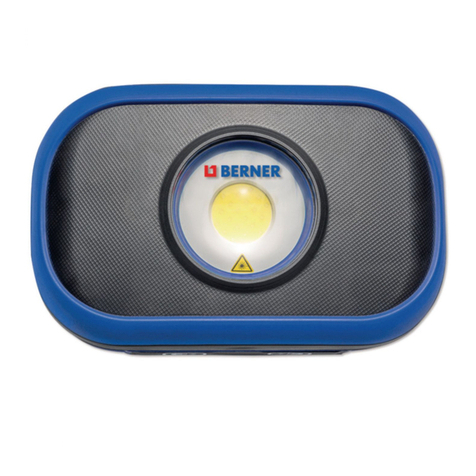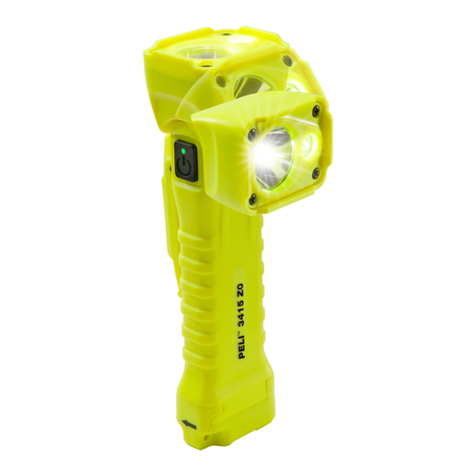
8
Raising and Rotating the Flash Head
1. The ash head will elevate from -7 to 90 degrees with stops at
-7, 0, 45, 60, 75 and 90 degrees.
2. To Adjust: Press the Flash Head Locking Button and gently
raise or lower the ash head into the desired position.
3. The ash head will rotate 180 degrees in either direction with
stops at 30, 60, 90, 120, 150 and 180 degrees.
4. To Adjust: Press the Flash Head Locking Button and gently
rotate the ash head into the desired position.
Using the Bounce Card or Wide Angle Diuser
The Phottix Juno Li60 Hot Shoe Flash comes equipped with a
White Bounce Card and Wide Angle Diffuser Panel in the flash
head.
1. The Wide Angle Diuser Panel will cause the ash to spread
light to a 14mm equivalent.
2. The White Bounce Card can be used when the flash head is
in a raised position to bounce light forward to assist with catch
lights in a subject’s eyes.
To use:
1. Gently pull the Diffuser Panel and Bounce Card from the
Flash Head using the ridge on the bottom of the Diuser Panel.
2. If using the Diuser Panel it will drop into position over
the Flash Head. Gently push the Bounce Card back into the
Flash Head if not needed.
3. If using the Bounce Card only gently push the Diffuser
Panel back into the Flash Head.
Using the Flash Head Diuser
The Phottix Juno Li60 Hot Shoe Flash comes with an attachable
diuser that can be added to the front of the ash head when
needed. It is good for softening light, reducing hot spots and
shadows and better coverage for macro photography.
